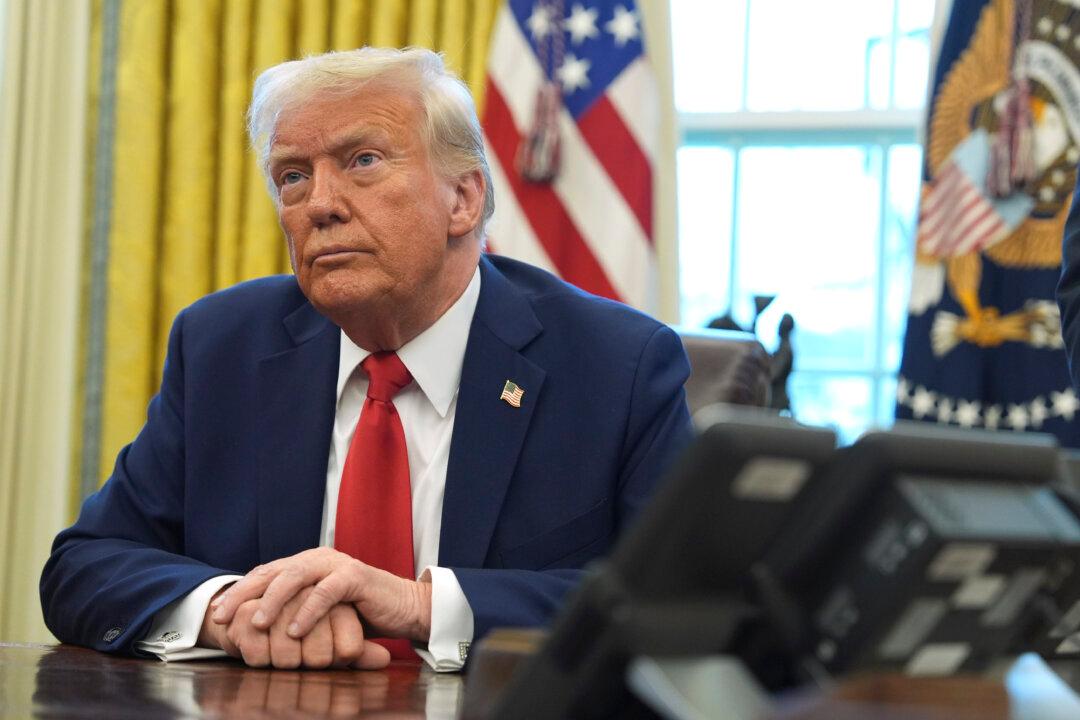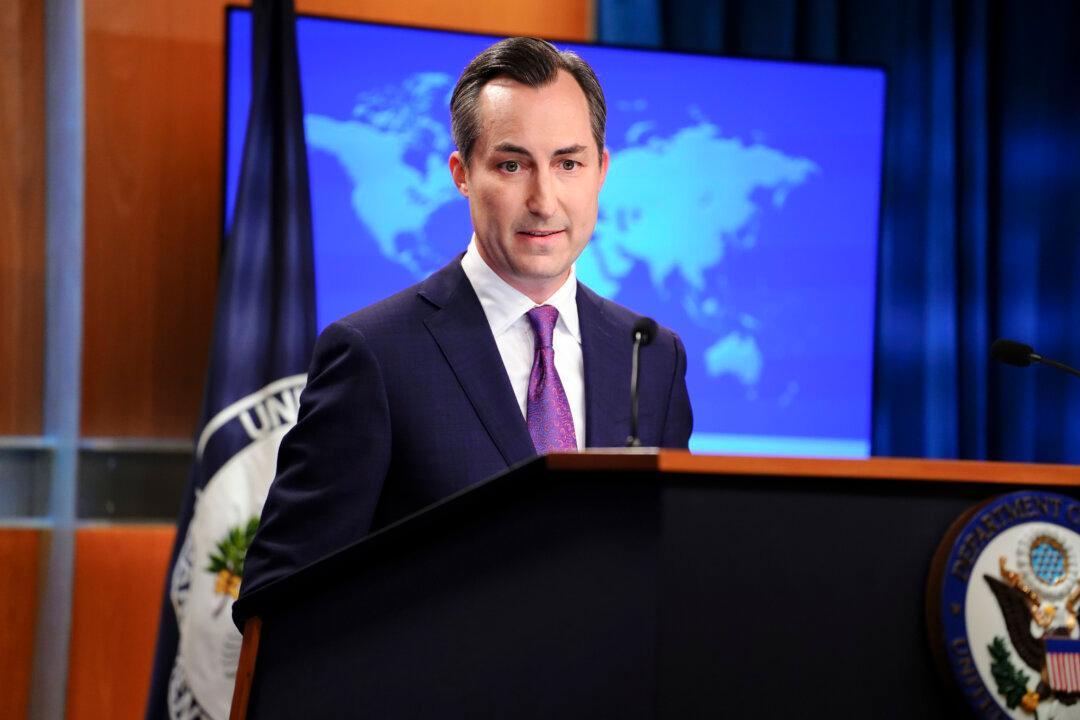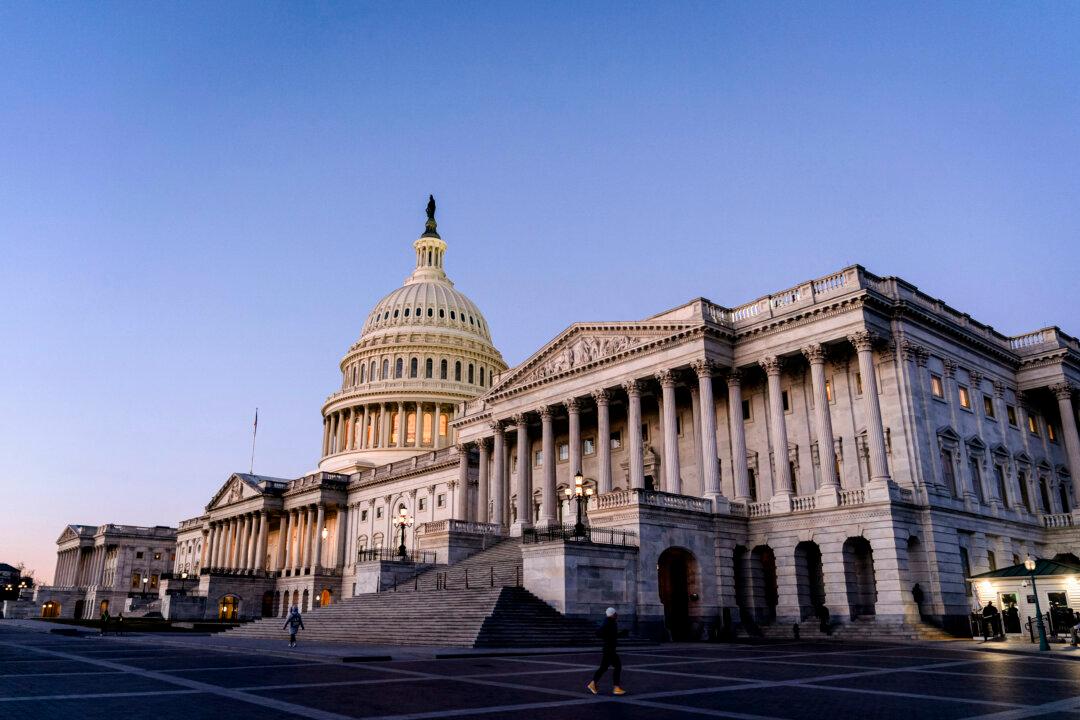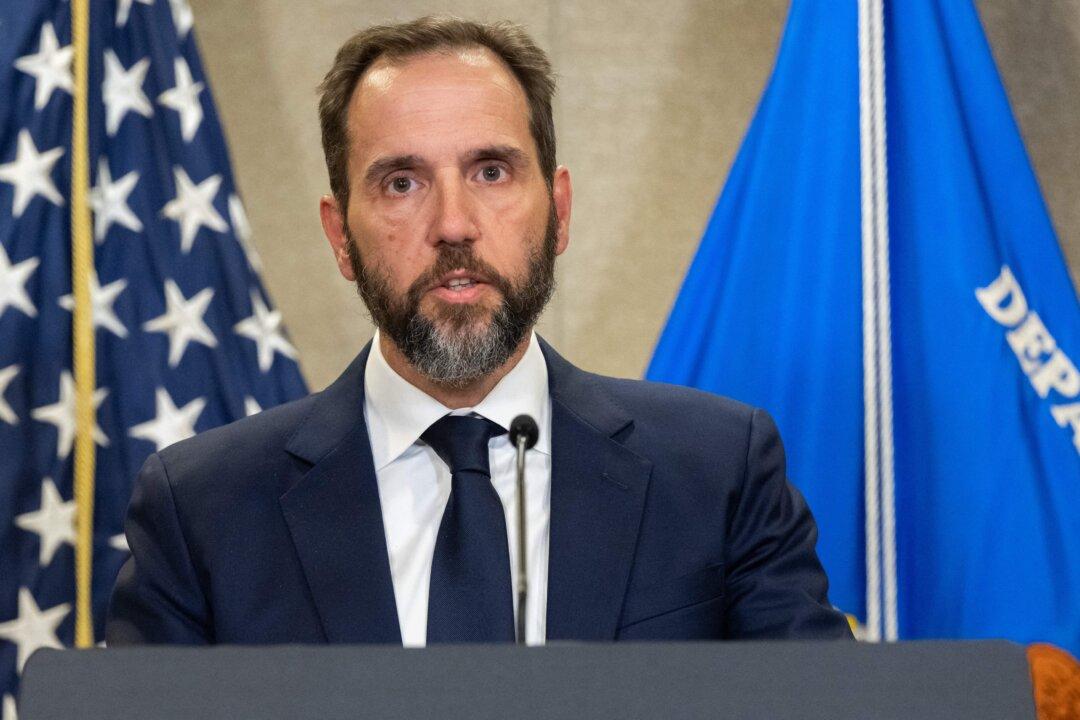A former New York Times executive editor has admitted the publisher of the media outlet drafted an apology letter to the Chinese regime after publishing an investigative report about corruption within the Chinese Communist Party’s (CCP’s) ruling elite.
Jill Abramson, executive editor at the outlet from 2011 to 2014, wrote in her upcoming book “Merchants of Truth” that her “blood pressure rose” when she first came across a draft letter from publisher Arthur Sulzberger, according to Fast Company. She said the letter was written with “input from the Chinese embassy,” and sought to appease the regime in hopes the outlet’s business in the country could be salvaged.





